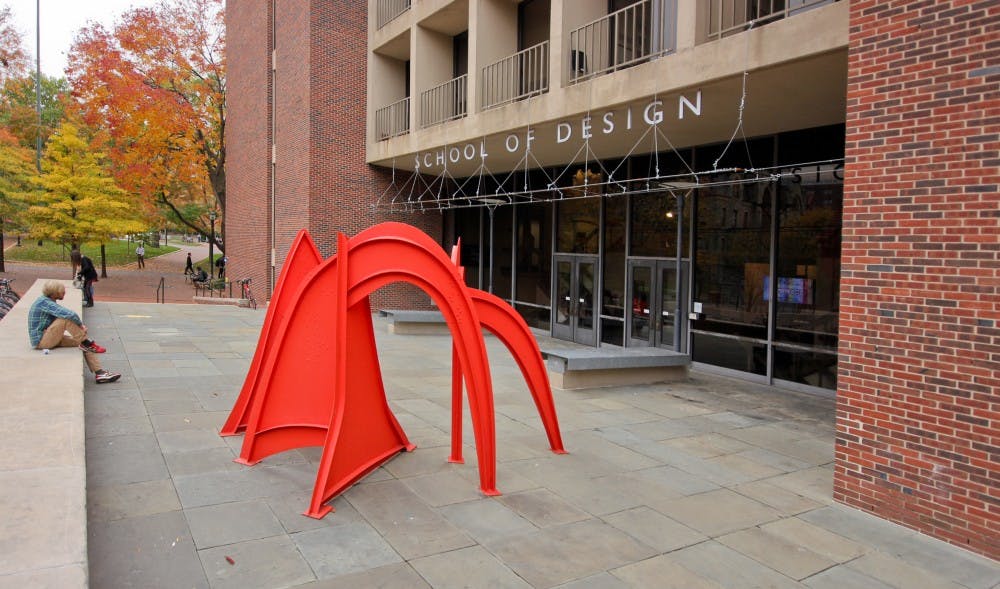PennDesign welcomed architects from all over the world Friday to address issues related to urban housing. In a symposium entitled “Under Pressure,” three different panels featured presentations on topics ranging from the changing nature of domesticity to new tools for designing urban housing.
Organized by director of the PennDesign Urban Housing studios Hina Jamelle, the forum included brief lectures by architectural giants such as those from Columbia University, University of Southern California American Academy in China and nARCHITECTS.
Afterwards, the presenters answered questions from the other panelists but also from the completely full auditorium, which consisted mainly of PennDesign students but also professional architects.
Most of the panelists’ talks identified the “pressure points” on urban housing,such as the conflation of the work and family life, increasing population densities and the changing economy around housing.
They also focused on solutions. Panelist Mimi Hoang of Columbia University discussed her project with the company she co-founded, nARCHITECTS, in which she designed housing in small spaces. Her design incorporated oversized windows and ceilings over nine feet tall.
“The whole should be greater than the sum of the parts,” she said. “But the whole is built on very small parts.”
Many attendees of the event recognized the importance of addressing the issues surrounding urban housing. PennDesign graduate student Jasmine Gao explained that housing is a problem in big cities, explaining that the way that housing is currently constructed causes a "unique rate of flow," which leads to a shortage of affordable housing.
Over the course of the day, the panelists synthesized and discussed the different projects and ideas that they have previously implemented or that they plan to implement.
Graduate assistant Adrian Subagyo, who helped out at the event, commented on the benefits of bringing together designers from many parts of the world, each with their unique solutions.
“I think [the symposium is] not necessarily going to directly [affect these housing issues],” he said. “[but] it makes us aware of ‘oh, these are all the issues’ and starts to make us think.”









